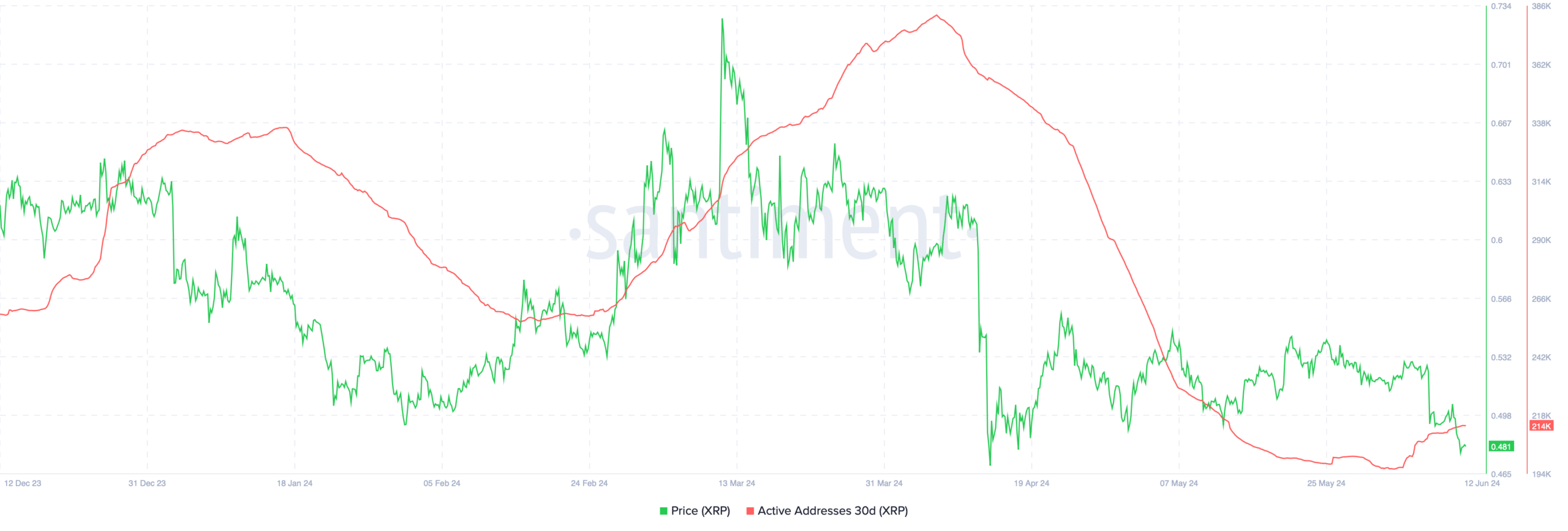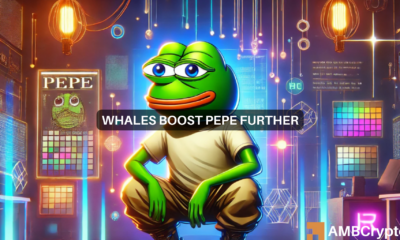As Bitcoin aims for 100K, what about the ‘mega altseason’ hype?

- The altcoin market has remained bearish, with no significant growth triggers.
- Analysts suggest a potential recovery only after Bitcoin achieves a $100,000 milestone.
The cryptocurrency market has been witnessing a substantial downturn in the altcoin sector, which has struggled to gain momentum amidst a broader market focus on Bitcoin [BTC].
In recent weeks, the altcoin market cap experienced a significant drop from its late May peak of $1.182 trillion to a current valuation of just over $1.06 trillion.
This shift reflects a broader sentiment of caution and bearish momentum that seems to align with a lack of substantial new narratives driving investor interest compared to past cycles, per analyst Crypto Ash.
Bitcoin waits for $100K
Crypto Ash pointed out that the much-anticipated ‘Mega Altseason’ remains elusive, as the total altcoin market cap has regressed to levels not seen since December 2023.
Current market conditions show no significant drivers akin to previous years’ innovations, leaving the altcoin sector in a state of limbo.
According to Crypto Ash, the potential for significant altcoin rallies hinges on Bitcoin’s performance, suggesting that a real altcoin season may not commence until Bitcoin achieves the landmark price of $100K.
In the meantime, he advised that this period could be ideal for accumulating undervalued utility-based tokens.
He emphasized that although retail interest remains subdued, savvy investors and whales are actively positioning themselves during this downturn, indicating a strategic buildup in anticipation of future gains.
Meanwhile, Crypto Distilled, another crypto analyst, has offered insights into the conditions necessary for an altcoin rebound.
He emphasized the importance of liquidity, particularly from stablecoins like Tether [USDT], which are essential for altcoin liquidity on decentralized exchanges (DEXes).
He noted that USDT growth has been minimal since the 11th of February, and a resurgence in stablecoin liquidity is critical for a sustainable price rally in altcoins.
Furthermore, Crypto Distilled suggested monitoring the Smart Contract Platforms index, as these platforms are vital for decentralized applications (dApps) and significantly influence market trends.
The presence of Layer 1 governance tokens adds liquidity to their ecosystems, and the potential introduction of an Ethereum [ETH] ETF could be a significant liquidity driver.
He disclosed that JamieCoutts, a chief crypto analyst, pointed out two crucial indicators to watch: an uptrend in the Smart Contract Platforms (SCP) sector and a rise in the Altseason Index.
Historically, an alignment of these trends has signaled substantial gains for altcoins, sometimes exceeding tenfold returns.
In his final thoughts, Crypto Distilled drew parallels with the last market cycle, where Bitcoin responded strongly to post-COVID liquidity shifts.
He observed that in the current climate of global uncertainty, liquidity growth has not been meeting expectations. So, this cycle may see a focus on Bitcoin, with altcoin catalysts playing a background role.
Market dynamics and investor behavior
The disparity in performance between Bitcoin and altcoins is stark. As Bitcoin approaches its all-time highs, altcoins flounder, mimicking bear market conditions.
This divergence is particularly evident in the performance metrics of leading altcoins like XRP, which has seen a nearly 10% decline in recent weeks.
Furthermore, data from Santiment highlighted a significant drop in active XRP addresses, suggesting waning user engagement and possibly foretelling further price declines.
Despite the downturn, there is a silver lining as AMBCrypto reported an increase in the number of XRP holders by 100,000 in early June, hinting at underlying interest despite prevailing market challenges.
Read Bitcoin’s [BTC] Price Prediction 2024-2025
This complex landscape suggests that the altcoin market faces short-term headwinds.
However, the groundwork for future rallies could be forming behind the scenes as investors recalibrate their strategies in response to evolving market dynamics.








